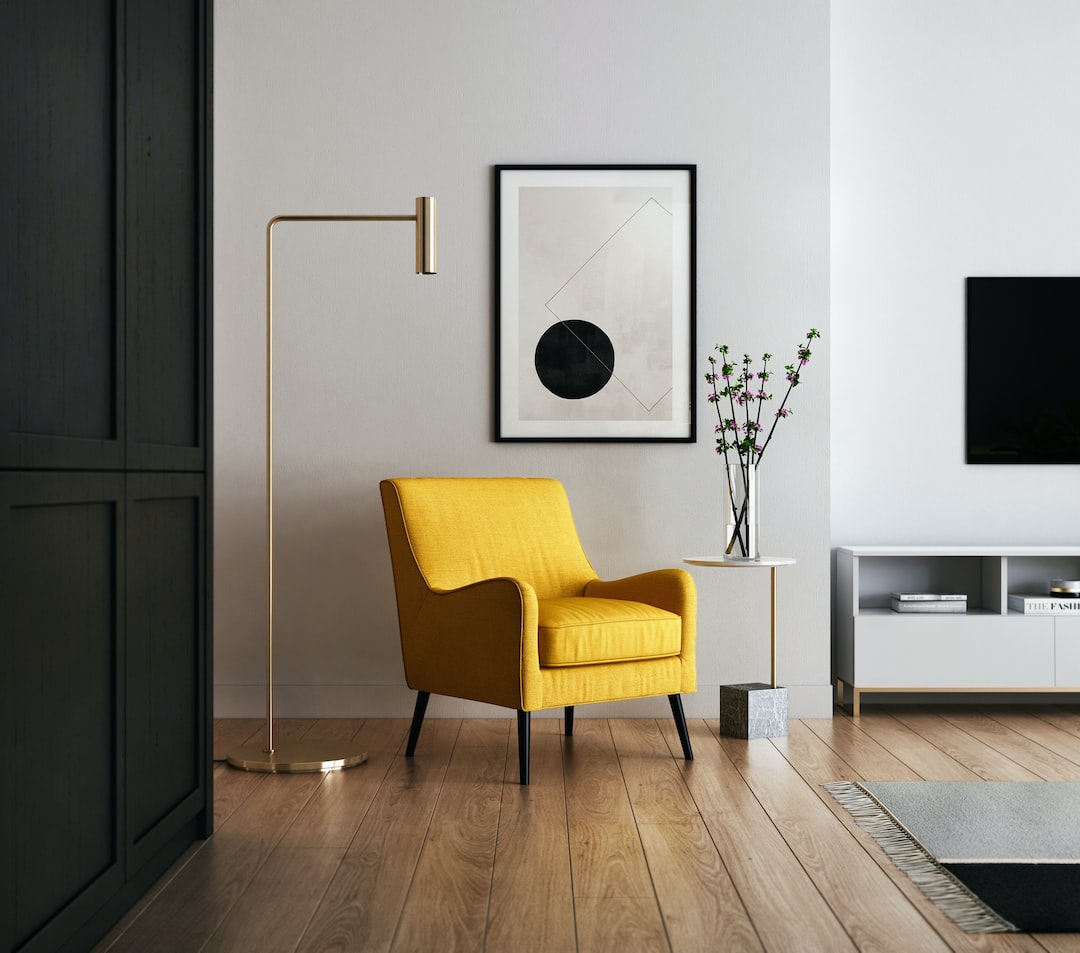Sustainable Design: Balancing Style and Eco-Consciousness
In an era where the impact of human activity on the environment is becoming increasingly evident, it is crucial for us to consider sustainability in all aspects of our lives. Design, whether it be in architecture, fashion, or product development, is no exception. Sustainable design aims to create products and spaces that meet our needs while also minimizing harm to the planet. It is about finding a balance between style and eco-consciousness, creating beautiful and functional designs that are kind to the Earth.
One of the fundamental principles of sustainable design is resource efficiency. This involves using materials and resources in a responsible and efficient manner, reducing waste and minimizing the consumption of non-renewable resources. Designers are increasingly turning to recycled and upcycled materials, finding creative ways to transform waste into beautiful and functional products. By repurposing materials that would otherwise end up in landfills, designers are not only reducing waste but also adding a unique and artistic touch to their creations.
Another key aspect of sustainable design is energy efficiency. Energy consumption is a significant contributor to greenhouse gas emissions and climate change. By incorporating energy-efficient features, such as natural insulation or solar panels, into design projects, designers can significantly reduce the environmental impact of their creations. Furthermore, energy-efficient designs often lead to financial savings for the users in the long run, making sustainability a win-win for both the consumer and the planet.
Sustainable design also emphasizes durability and longevity. In a world where fast fashion and planned obsolescence dominate the market, sustainable fashion is a breath of fresh air. By creating high-quality products that are built to last, designers can help reduce the demand for cheap, disposable items that end up in landfills after a few uses. This shift in mindset encourages consumers to place value on long-lasting and timeless designs, fostering a more sustainable and conscious approach to consumption.
In addition to material and energy considerations, sustainable design also takes into account the social impact of the products and spaces being created. This involves ensuring fair labor practices, supporting local communities, and respecting cultural heritage. By supporting artisans and craftsmen from local communities, designers can create products that are not only sustainable but also authentic and culturally diverse. This approach helps preserve traditional techniques and empowers local economies, promoting social sustainability alongside environmental sustainability.
One of the challenges in sustainable design is finding a balance between eco-consciousness and aesthetics. In the past, sustainable design was often associated with a minimalist or rustic aesthetic, which might not appeal to everyone. However, as awareness of the need for sustainable practices grows, so does the diversity in sustainable design styles. Today, there is a wide range of sustainable products and spaces that cater to different tastes and preferences. From sleek and modern furniture made from recycled materials to vibrant and colorful clothing made from organic fabrics, there is something for everyone in the world of sustainable design.
Aesthetics aside, sustainable design also encourages innovation and creativity. Designers are tasked with finding novel solutions to complex environmental challenges, thinking outside the box to create designs that are both beautiful and sustainable. This brings about a sense of excitement and purpose, as designers have the opportunity to make a positive impact on the world through their creations.
In conclusion, sustainable design is about much more than just aesthetics. It is a way of thinking and creating that seeks to minimize harm to the planet while still delivering beautiful and functional designs. By considering the principles of resource efficiency, energy efficiency, durability, and social impact, designers can create products and spaces that are truly sustainable. As consumers, we also have a role to play in supporting and embracing sustainable design, making conscious choices that contribute to a greener and more sustainable future. With sustainable design, style and eco-consciousness can indeed go hand in hand.

